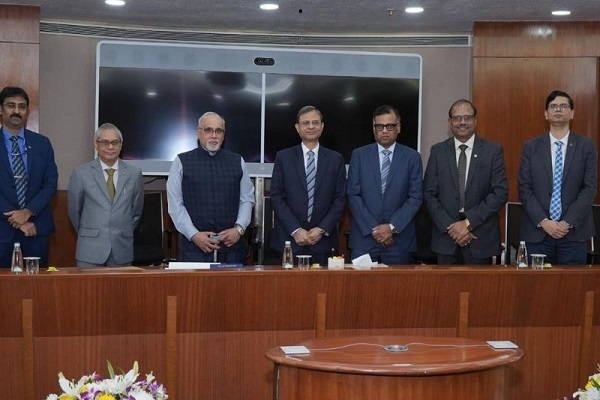.png)

Groupthink is the House View of BasisPoint’s in-house columnists.
March 6, 2025 at 6:17 AM IST
The latest GDP print—a modest rebound to 6.2% in Q3 2024-25—brought fleeting economic optimism, but also exposed a disquieting undercurrent. Growth may have rebounded from a revised 5.6% in July-September, as expected, yet the underlying economic weakness persists.
Manufacturing growth, for instance, crawled to 3.5% from 2.1% in the previous quarter, while gross fixed capital formation, a proxy for investments, declined to 5.7%. This was despite the Centre’s aggressive capital expenditure after the election-related slowdown. These trends underscore a deeper concern: the economy is operating below potential, and incremental rate cuts alone will not suffice.
The implication is unavoidable: private and state-level investments are suffering, and the Reserve Bank of India needs to act more decisively. The Monetary Policy Committee’s February 2025 repo rate cut—a cautious 25 basis points after five years—was a belated acknowledgement of stagnated growth and anaemic private capex.
Projections for the January-March quarter, as per the second advance estimate, suggest an implied growth rate of 7.6%—a figure economists dismiss as fantastical. The target is, in fact, expected to fall short by 50 to 100 basis points. When even the Ministry of Statistics’ advance estimates—of 6.5% GDP growth for 2024-25—strain credulity, policymakers must confront uncomfortable truths.
Inflation, once the RBI’s trump card for inaction, no longer justifies restraint. Headline retail inflation has been on the downtrend, with January’s CPI print at 4.31%—the lowest in five months. Economists believe February’s reading could dip below the central bank’s medium-term target of 4%, leading to its forecast of 4.4% for January-March being undershot by a non-negligible margin.
The RBI’s own 2025-26 inflation forecast of 4.2% suggests it recognises the trend. Why, then, cling to a neutral stance? The street expects the current easing cycle to be a shallow one, with another 25-basis-point cut in April, followed by one final rate cut for 2025.
The MPC’s October 2024 shift from “withdrawal of accommodation” to neutrality was progressive, but domestic and global conditions now demand audacity.
Sceptics will cite risks: geopolitical volatility, erratic monsoons, and the US Federal Reserve’s delayed easing cycle. Yet, history offers a lesson: the 2013 taper tantrum demonstrated that tighter monetary policy exacerbates, rather than mitigates, external shocks. Similarly, while unseasonal rains may spike food inflation temporarily, tightening policy to combat supply-side shocks would be self-defeating amid slowing growth.
Thus, the RBI’s risk-aversion is understandable but increasingly untenable. The MPC’s tools are not limited to rate cuts. Its policy stance—neutral despite calls for easing—signals confusion to markets. Loosening the stance would align rhetoric with action, lowering borrowing costs decisively, even though the central bank will always err on the side of caution.
Critics argue that monetary policy cannot fix structural issues. True, but it can mitigate cyclical headwinds. As external MPC member Nagesh Kumar noted in February meeting’s minutes, the RBI must do “whatever it takes to revive economic growth momentum”. The MPC could perhaps throw some caution to the wind before it’s too late to act.




